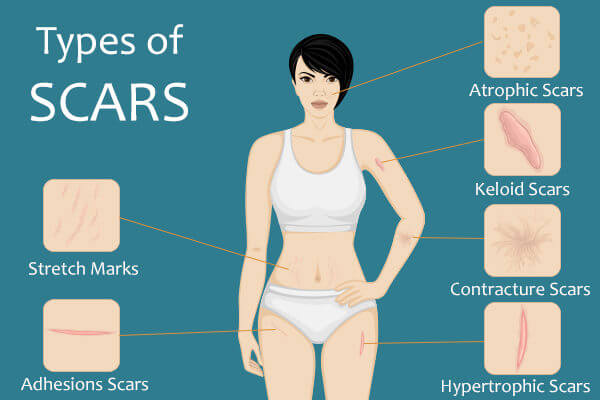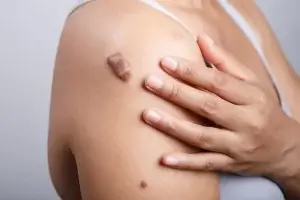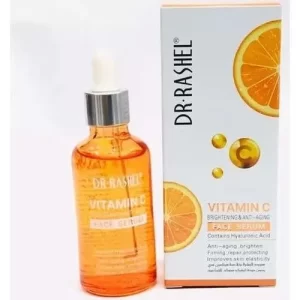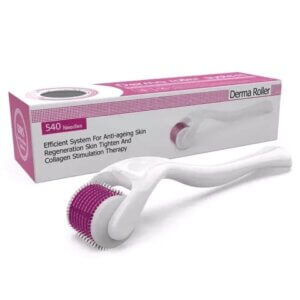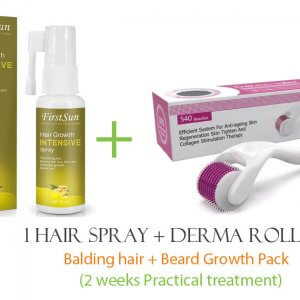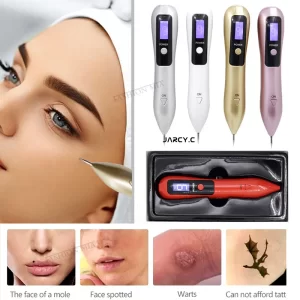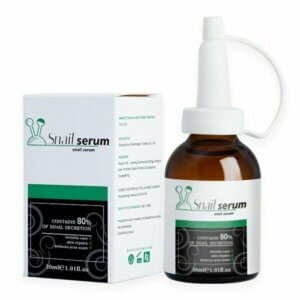A scar is a spot on the skin that remains after an injury or wound has healed. Although they never entirely vanish, most will fade.
Its appearance and treatment typically rely on a number of variables, including the depth and size of the wound or cut as well as the injury’s location. Scar treatments come in a variety, which is crucial to know.
How do scars form?
Scars develop after a wound has fully recovered. The tissues break down when the skin is injured, and your body produces collagen fibres to help repair the damage. A scar forms when collagen builds up when tissue is damaged, aiding in the healing and fortification of the wound.
The blood supply grows, and new collagen continues to form for several months, raising and lumping the scar. However, the majority of the time, the quicker a lesion heals, the less collagen is formed, and the less obvious the scar will be.
Types of scars.
Keloid scars:
This is scarring that is thicker, lumpier, raised, and larger than the original wound. Medscape says “A keloid is an abnormal proliferation of scar tissue that forms at the site of cutaneous injury (e.g., at the area of a surgical incision or trauma); it does not regress and grows beyond the original margins of the scar.”
Hypertrophic scars:
According to Cleveland clinic, “A hypertrophic scar is a thick, raised scar that’s an abnormal response to wound healing. They more commonly occur in taut skin areas following skin trauma, burns, or surgical incisions. “
It arises from an overproduction of collagen in the area of a wound. It does not go past the wound site, unlike keloid scars.
Contracture Scars:
Burns are the main cause of these scars. When the skin tightens, scars form, which draws the skin’s borders together and results in a tight patch of skin that limits movement.
Scar Treatments
Depending on the type, your skin type, and other variables, scars may become permanent. Although you can’t always entirely heal them, you can at least significantly enhance their appearance.
American Society Of Plastic Surgeons says there are numerous treatment methods that can enhance the appearance of scars and lessen associated discomfort.
Over-the-counter topical treatments
The majority of people first try OTC remedies before turning to invasive ones. Creams, serums, cosmetics (also known as skin camouflage), lotions, steroids, Vitamin E, silicon gels, and other OTC medications are very simple to use without a prescription and they also work. Products like the collagen snail serum can help with acne scars, skin tissue regeneration, and enhance cell vitality.
Laser therapy
By removing the topmost layers of skin with a laser, this encourages the deeper layers of skin to produce collagen. It flattens the scar, lessens redness, pain, and irritation, and lessens the overall appearance of scars by using pulses of light to target blood vessels.
The laser aids in promoting the growth of fresh, healthy skin. Although it cannot entirely eliminate scars, it can lessen their visibility and discomfort. Scars of all kinds, including surgical scars, acne scars, and injury scars, can be treated with laser therapy.
Injections treatments
Keloid or hypertrophic scars can be treated with steroid injections. Several tiny injections are administered to lessen the itchiness, pain, and severe inflammation in the scar tissue. Treatments are given numerous times, typically 4 to 6 weeks apart, depending on your scar.
Most pitted scars are treated with filler injections. In order to raise sunken scars to the level of the surrounding skin in this situation, artificial substances like collagen are injected into or beneath the scar tissue. In order to maintain the impact, treatments must be repeated because the outcomes are typically transient.
Microneedling treatments
Skin pricking with tiny needles is a necessary part of this treatment. It increases the creation of collagen, which helps to remodel the skin and lessen the visibility of scars. The derma micro-needling roller is highly recommended for this procedure.
Read also: best ingredients for acne scars
A takeaway
The best scar therapy for you will depend on the type of scar, your skin type, and the advice of your dermatologist. To prevent any risks, it is best to seek the counsel of your dermatologist before using any therapies.


